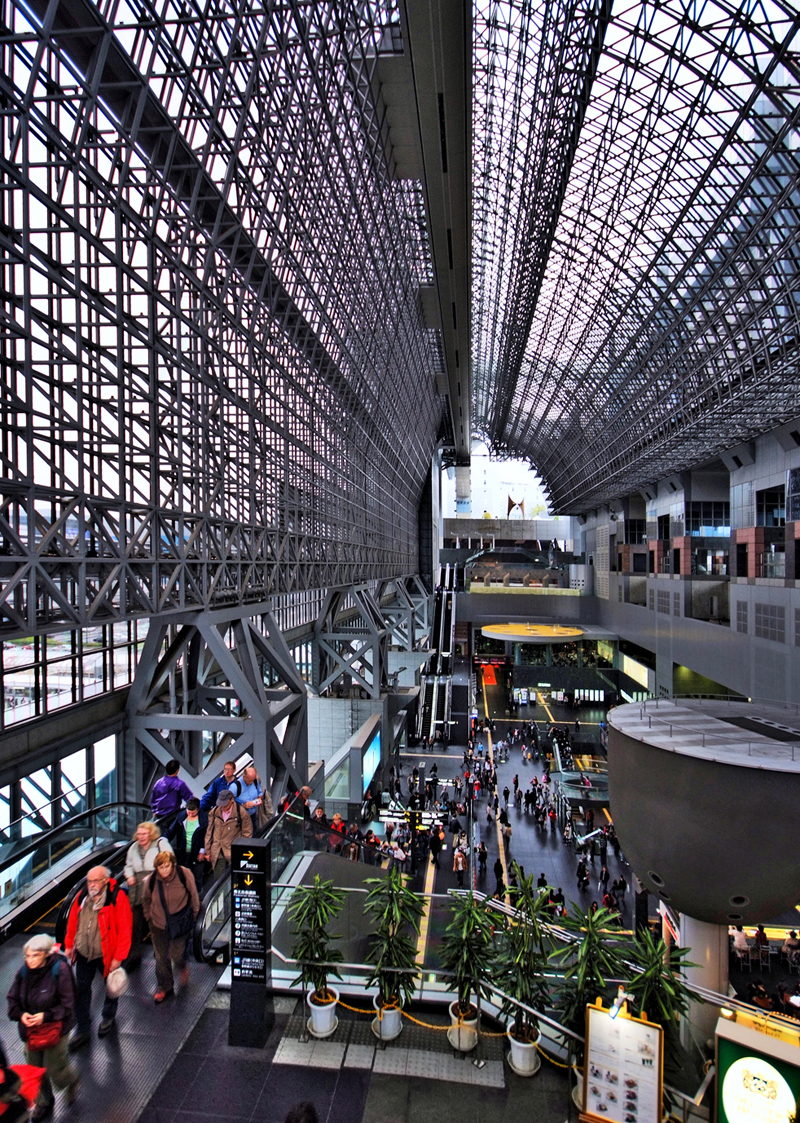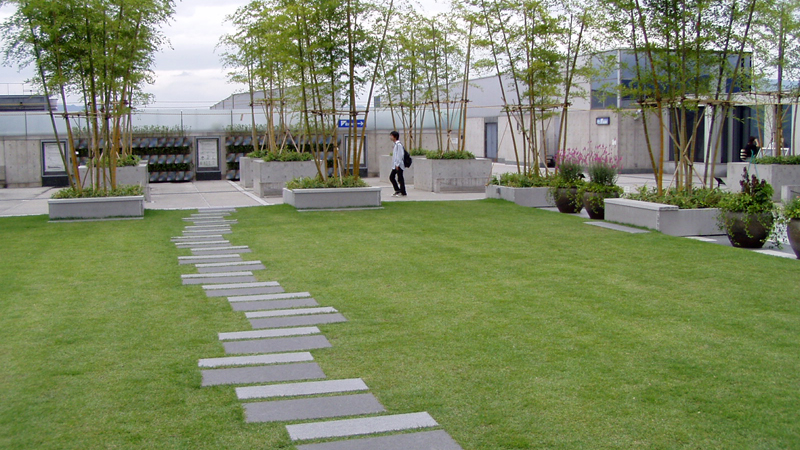 |
| Nintendo HQ isn't far from Kyoto Station! |
Game Creator Shigeru Miyamoto grew up in Kyoto, in a time with little technology. He used his vivid imagination to turn the natural areas around the city into his playground, many of his childhood experiences inspiring the games he went on to create. The foxes of Fushimi Inari Shrine are personified in Star Fox and the general sense of adventure is replicated in The Legend of Zelda.
 |
| The building is kinda boring, but it's all about what happens inside! |
I still recall my very first experience with Nintendo games. My dad had bought an N64 for my brother, my being probably only four years old at the time. He was playing Super Mario 64 and had gotten to the first Bowser battle. He offered me the controller, but I refused, afraid, and cowered behind him. I watched with wide eyes as my dad hastily dispatched the spiky turtle. He offered me the controller again to go talk to Bowser and claim the key; but I refused, still afraid, and continued to hide. Many potent memories like this swim to the surface of my consciousness from time to time, most of them very happy, but others melancholy, and others still completely depressing. That's the thing about video games - it isn't necessarily the games themselves that make us reflect back on our youth wistfully, longing to return to those times. Rather, it's the memories associated with playing the games: the people we played with, where we were when we played, the conversations held during, the joy or sorrow we felt at the time. Gaming, like language, has the ability to bring people together. It's a beautiful thing, and I will always be grateful to Nintendo for making my childhood the best time of my life.































